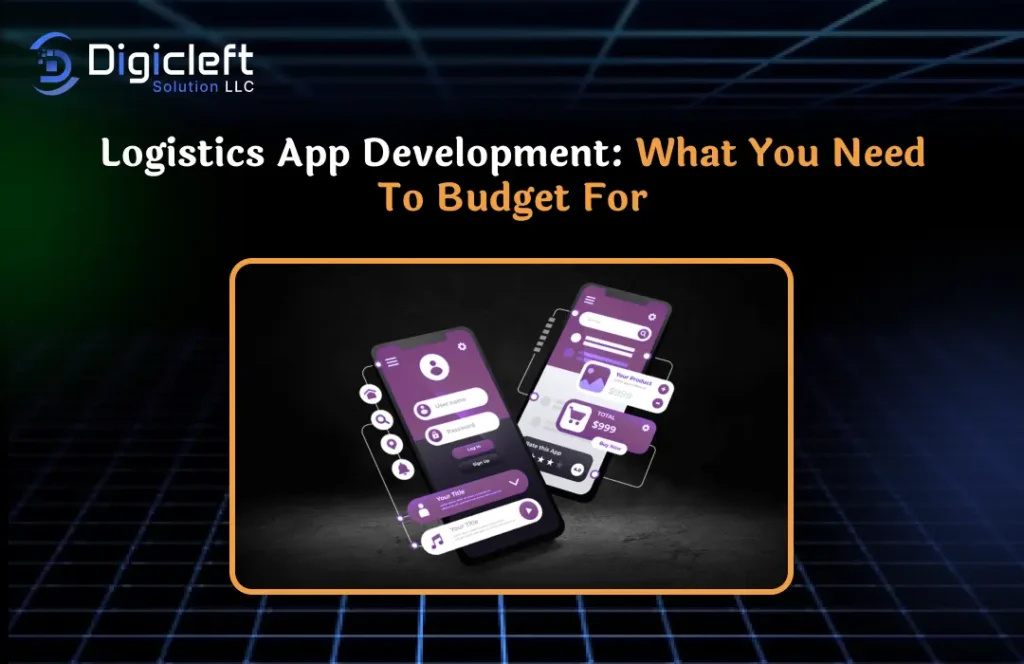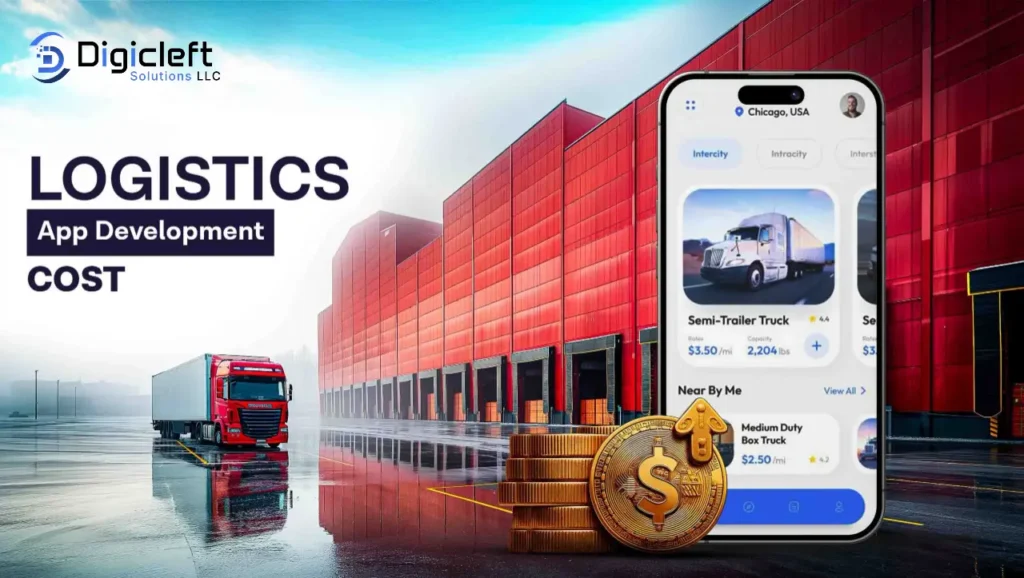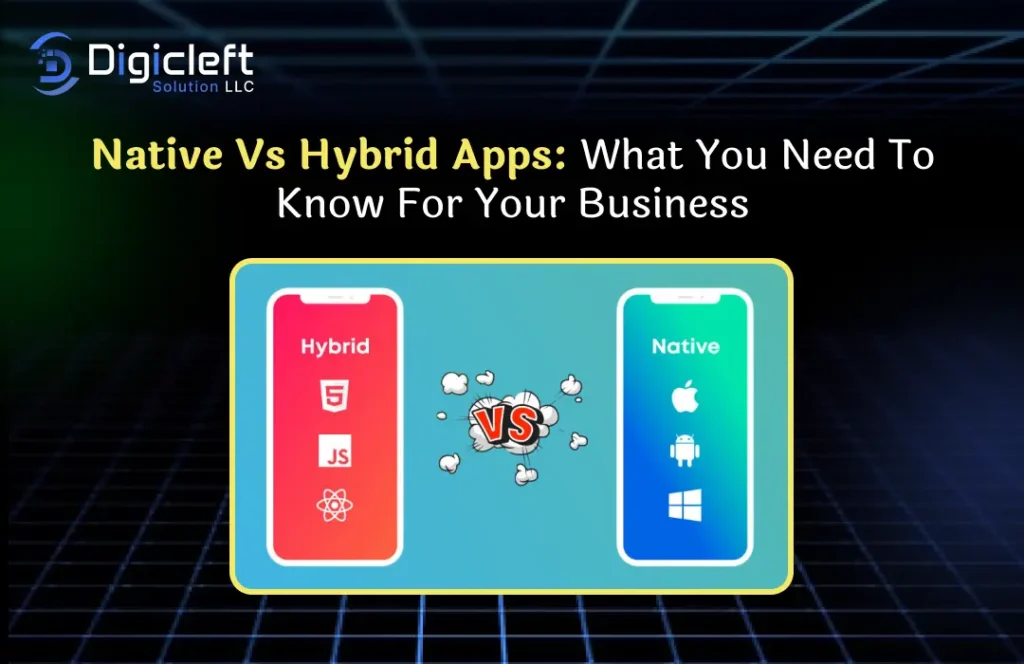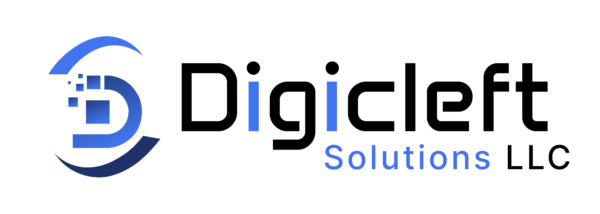
Introduction
If you’ve ever tracked a package, booked a courier, or managed a delivery fleet, chances are you’ve interacted with a logistics app. These platforms have become the backbone of modern supply chains streamlining operations, improving customer experiences, and cutting down inefficiencies.
But here’s the thing: building a logistics app isn’t just about hiring developers and writing code. Budgeting for it is a strategic process. Without a clear roadmap, costs can balloon faster than an express shipment on a wrong route.
Let’s unpack exactly what you need to budget for and how companies like Digicleft Solution can help you do it smartly.
Understanding the Logistics App Landscape
Before talking about money, it’s worth knowing the lay of the land. Logistics apps come in many flavors:
- Fleet management apps for tracking and optimizing vehicles.
- Last-mile delivery apps for couriers and e-commerce companies.
- Warehouse management systems for inventory and stock control.
- Freight and cargo tracking apps for large-scale logistics operations.
The competition is fierce. Whether you’re targeting local courier startups or global shipping giants, your app needs to stand out which means budgeting for features that genuinely improve efficiency.
Defining Your App’s Purpose and Scope
One of the biggest budgeting mistakes is starting without a crystal-clear vision.
Ask yourself:
- Who’s going to use this app?
- Which pain points will it solve?
- Is it a customer-facing app, a backend management tool, or both?
The clearer your scope, the easier it is to allocate funds wisely.
Budget Considerations for Logistics App Development

1. Research and Planning
You wouldn’t set off on a road trip without a map, right? Same logic here.
Budget for:
- Market research reports
- Competitor benchmarking
- User interviews and surveys
Average cost range: $1,000 – $5,000, depending on depth.
2. UI/UX Design Costs
A smooth, intuitive design can be the difference between an app people love and one they delete in frustration.
This includes:
- Wireframes and prototypes
- Branding and color schemes
- Usability testing
Average cost range: $3,000 – $10,000.
3. Development Costs
This is the biggest budget chunk. Factors include:

- Native apps (iOS/Android) vs cross-platform (Flutter, React Native).
- Backend infrastructure to handle real-time tracking and large datasets.
- GPS, IoT integration for live updates.
Average cost range: $20,000 – $100,000+ depending on complexity.
4. Third-Party API and Service Costs
Logistics apps rely heavily on external services:
- Google Maps or Mapbox APIs for route optimization.
- Payment gateway integrations.
- Push notifications.
Most of these come with subscription or usage-based fees budget monthly.
5. Security and Compliance
Logistics data can be sensitive. Budget for:
- SSL encryption
- GDPR compliance
- Role-based access control
Cutting corners here is a recipe for trouble.
6. Testing and Quality Assurance
Think of testing as your pit crew without them, your app won’t finish the race.
Budget for:
- Functional and performance testing
- Beta programs for real-world feedback
7. Deployment and Launch
Launching isn’t free. Expect:
- App Store and Google Play fees
- Initial marketing campaigns
8. Ongoing Maintenance and Updates
Post-launch, your app will need:
- Server hosting
- Regular updates for OS compatibility
- Bug fixes
9. Workforce Costs
Whether you go in-house or outsource, remember:
- Skilled logistics app developers aren’t cheap.
- Project managers, designers, and testers all add to the bill.
10. Unexpected Costs
Murphy’s law applies to software: if something can go wrong, it will.
Budget a buffer for:
- Feature changes mid-development
- Emergency fixes after launch
How Digicleft Solution Can Help
With years of experience, Digicleft Solution specializes in logistics app development that’s both powerful and cost-conscious. Their approach focuses on:
- Scalable architecture so you don’t overpay for unused capacity.
- Agile methodology to adapt quickly to changes.
- Pre-built modules to cut development time and costs.
Cost-Saving Tips Without Sacrificing Quality
- Go agile to release features in stages.
- Use open-source components where possible.
- Test early, test often to avoid costly post-launch issues.
Final Thoughts on Budgeting for a Logistics App
Budgeting for a logistics app is a balancing act you want robust features without blowing your budget. The key is planning, prioritizing, and partnering with experts like Digicleft Solution to get the best value for your investment.
Conclusion
A well-budgeted logistics app can transform your business operations. Skipping the planning phase might save time now, but it’ll cost more later. Think long-term, stay flexible, and invest where it truly matters.
FAQs
1. How long does it take to develop a logistics app?
Anywhere from 4 to 9 months, depending on complexity.
2. What’s the difference in cost between native and cross-platform apps?
Native apps cost more but offer better performance; cross-platform is cheaper and faster to build.
3. Do I need GPS integration from the start?
Not necessarily you can launch without it and add later, but it’s often a core feature for logistics.
4. How can I reduce logistics app maintenance costs?
Use scalable hosting, monitor performance, and schedule regular updates.
5. Why choose Digicleft Solution for logistics app development?
They bring industry expertise, cost efficiency, and proven delivery success.


